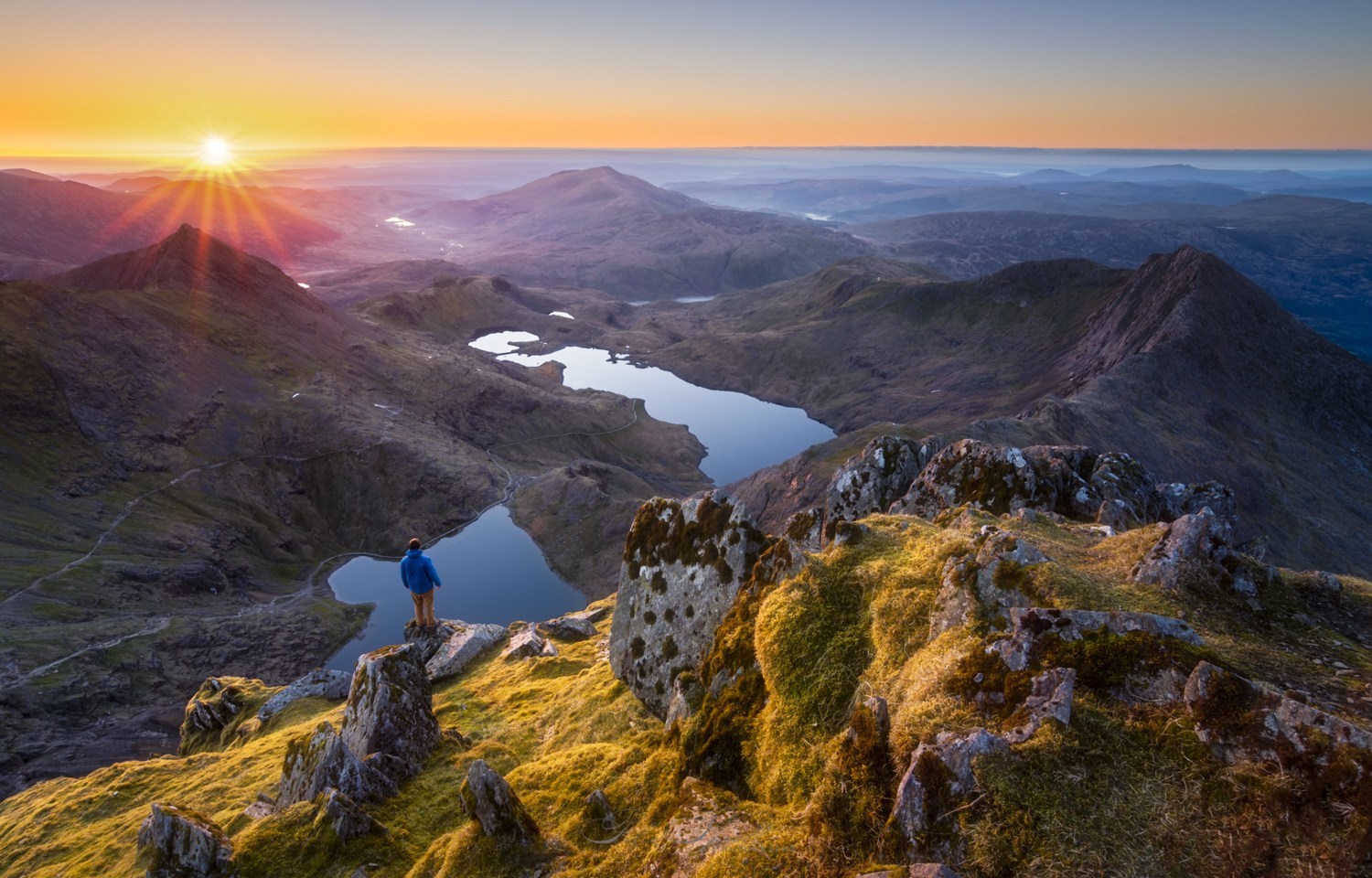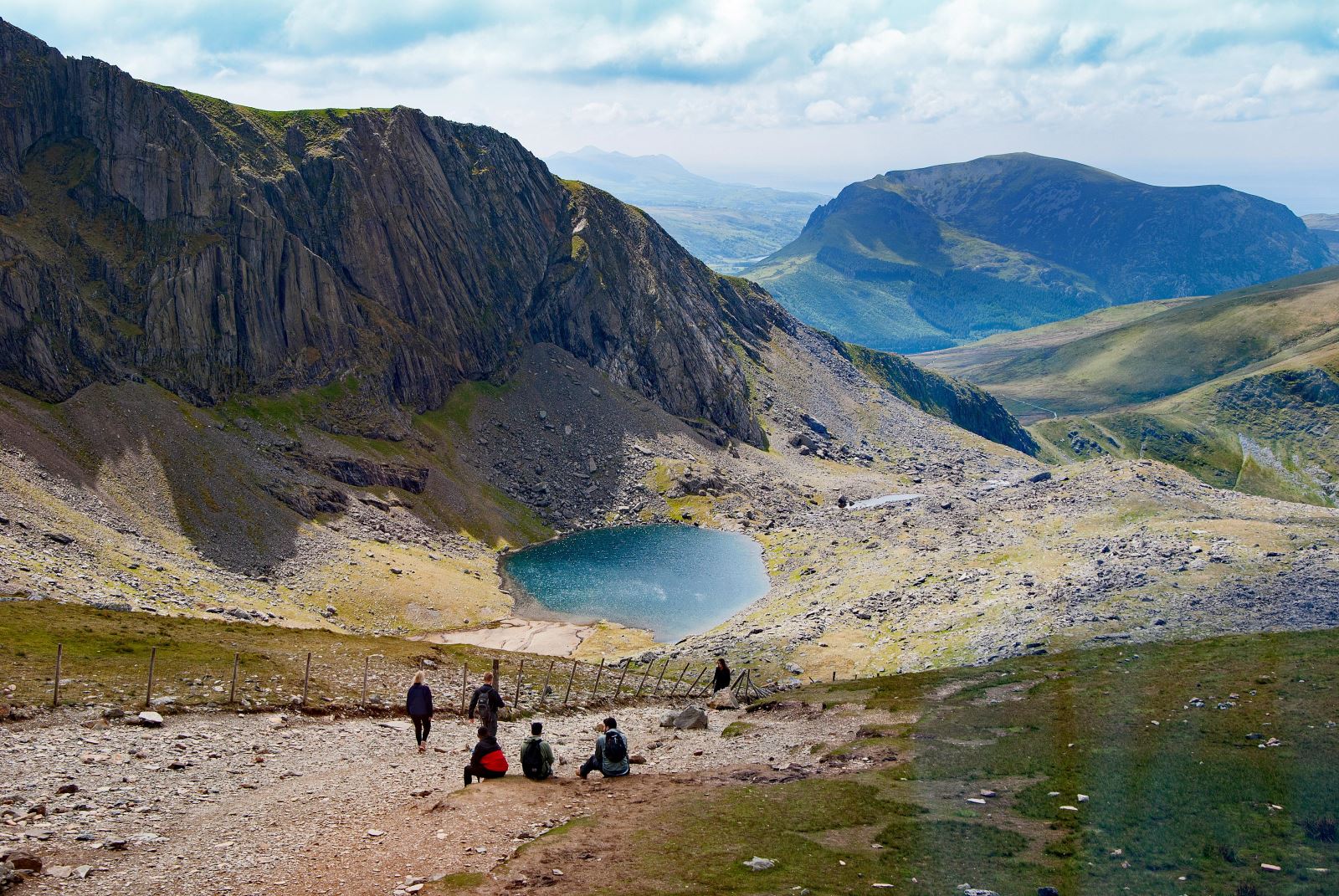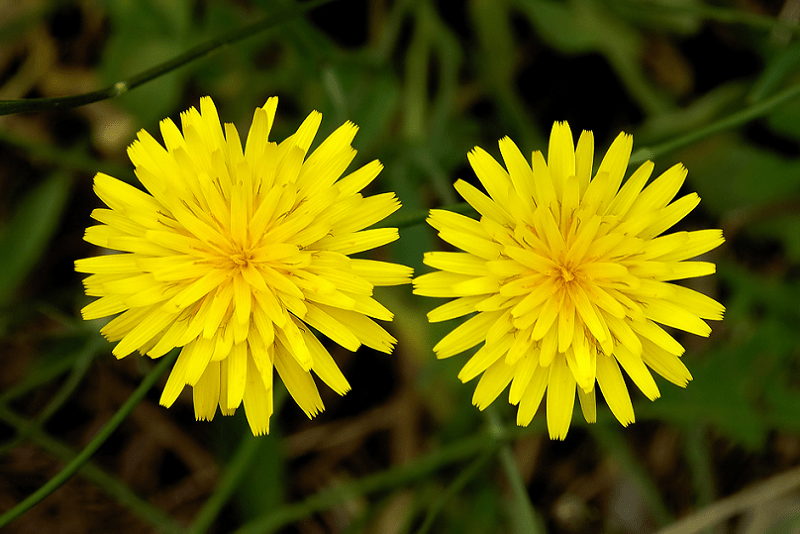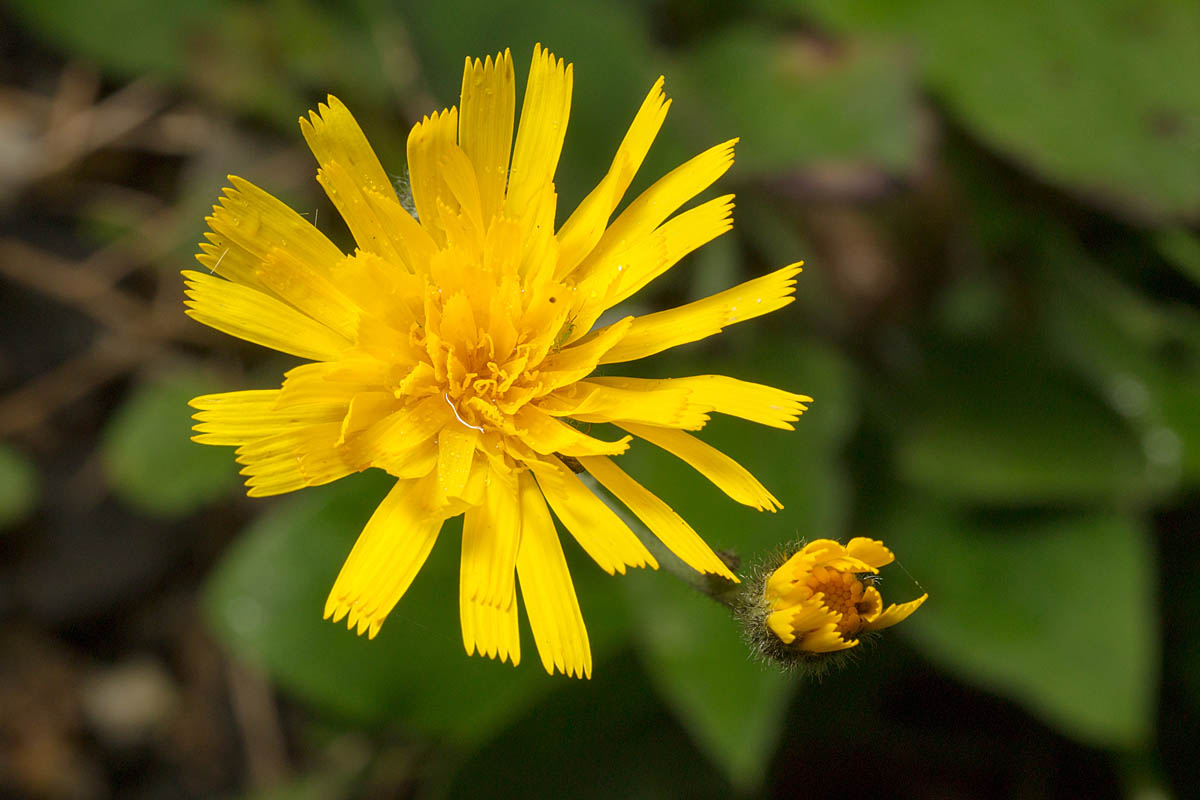Snowdonia National Park (Welsh: Parc Cenedlaethol Eryri) was established in 1951 as the third national park in Britain, following the Peak District and the Lake District. It covers 827 square miles (2,140 km2), and has 37 miles (60 km) of coastline. The Snowdonia National Park covers parts of the counties of Gwynedd and Conwy.

The park is governed by the Snowdonia National Park Authority, which is made up of local government and Welsh Government representatives, and its main offices are at Penrhyndeudraeth. Unlike national parks in other countries, Snowdonia (and other such parks in Britain) is made up of both public and private lands under central planning authority.

Northern Snowdonia is the only place in Britain where the Snowdon lily (Gagea serotina), an arctic–alpine plant, is found and the only place in the world where the Snowdonia hawkweed Hieracium snowdoniense grows.

Hieracium snowdoniense, the Snowdonia hawkweed, is a plant endemic to Snowdonia, North Wales. It is a perennial, with bright yellow inflorescences.
It was believed to have become extinct in the early 1950s as a result of overgrazing. In 2002, the plant was re-discovered on steep slopes in the Cwm Idwal National Nature Reserve above Bethesda.

The single known plant grows on a rocky, steep, and north-facing inaccessible mountain cliff. This hawkweed has historically been found growing at altitudes of between 300 and 900 m above sea level. This uncommon habitat is the reason why it is so hard to reproduce and survive along with other factors.

According to snowdoniahawkweed.weebly.com











